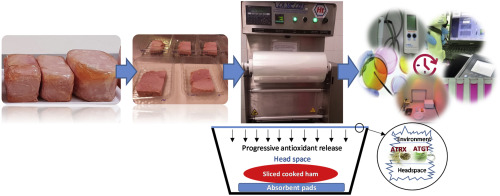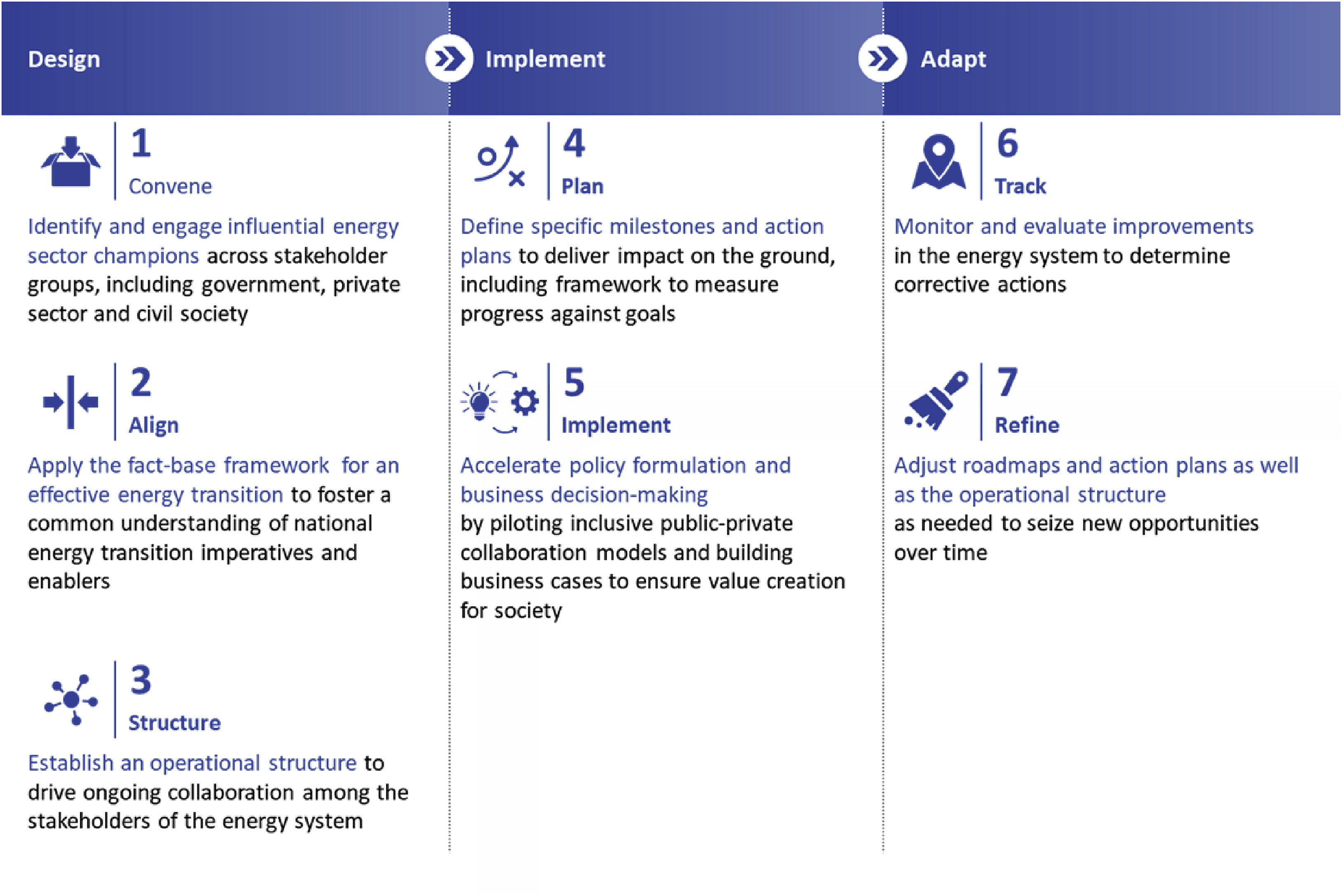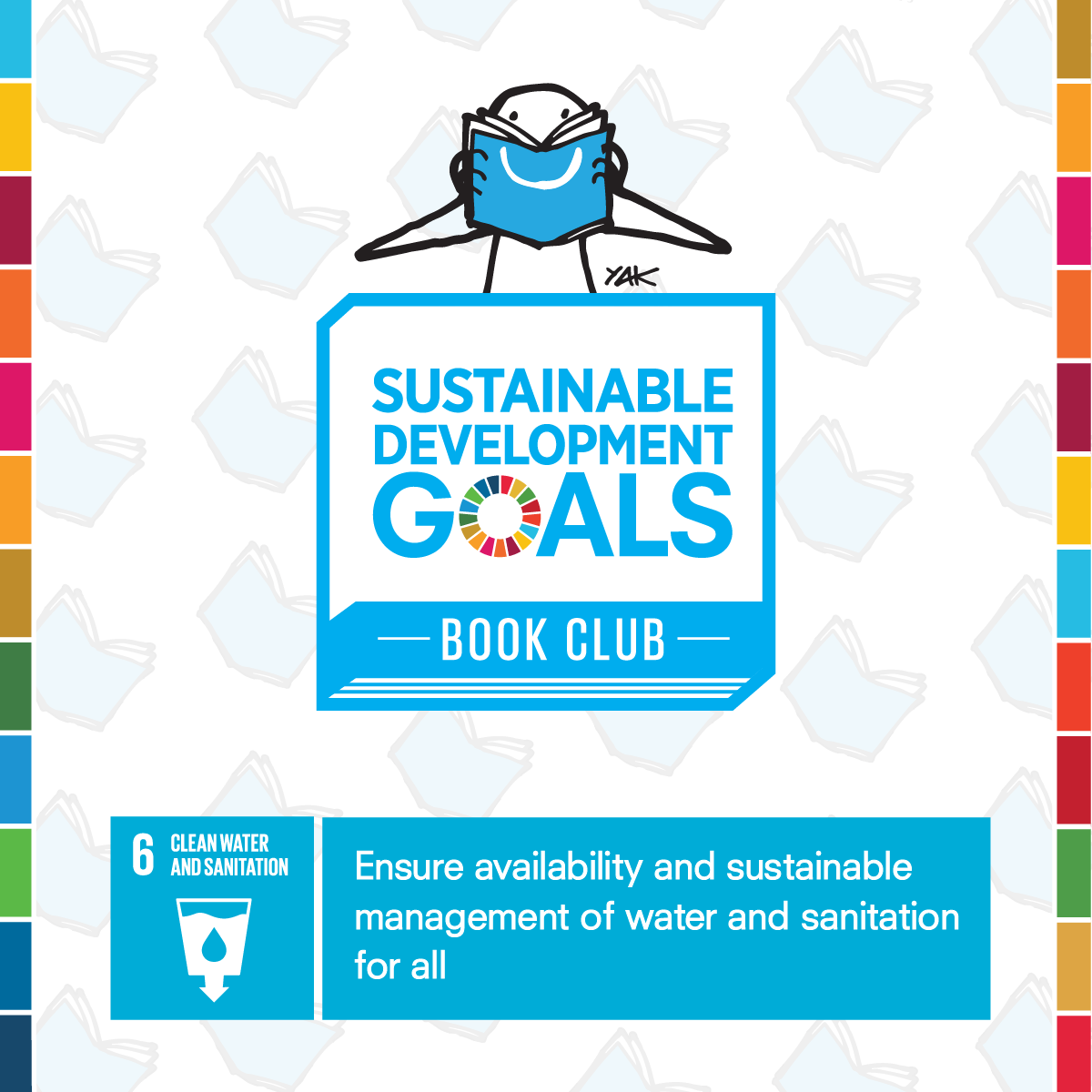City and Environment Interactions, Volume 3, November 2019
As global temperatures continue to rise, questions about infrastructure capacity to keep up with energy demand are increasingly germane. Energy demand is mediated by several structural and environmental conditions, though we have a limited understanding about the role of differences in local ambient temperatures as a predictor for energy demand. This study assesses the effects of residential building structure, socio-demographics, and ambient temperature conditions of a neighborhood to overall energy expenditures of a household.
November 2019



